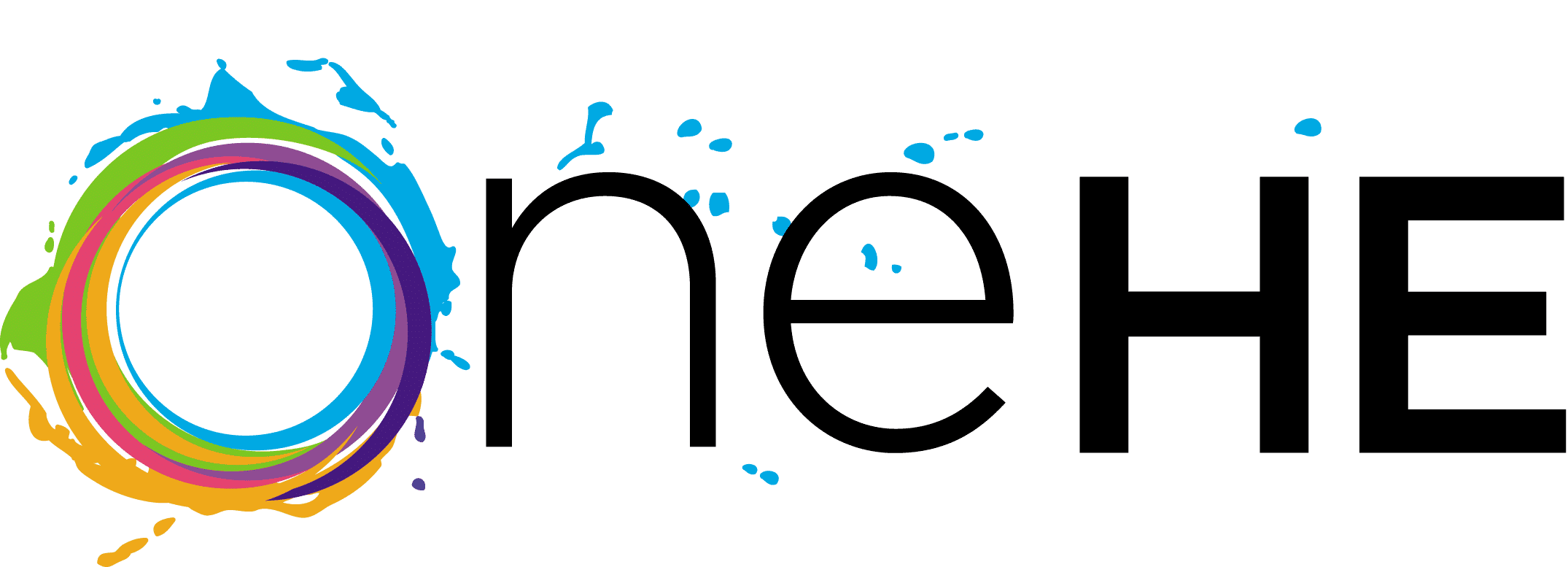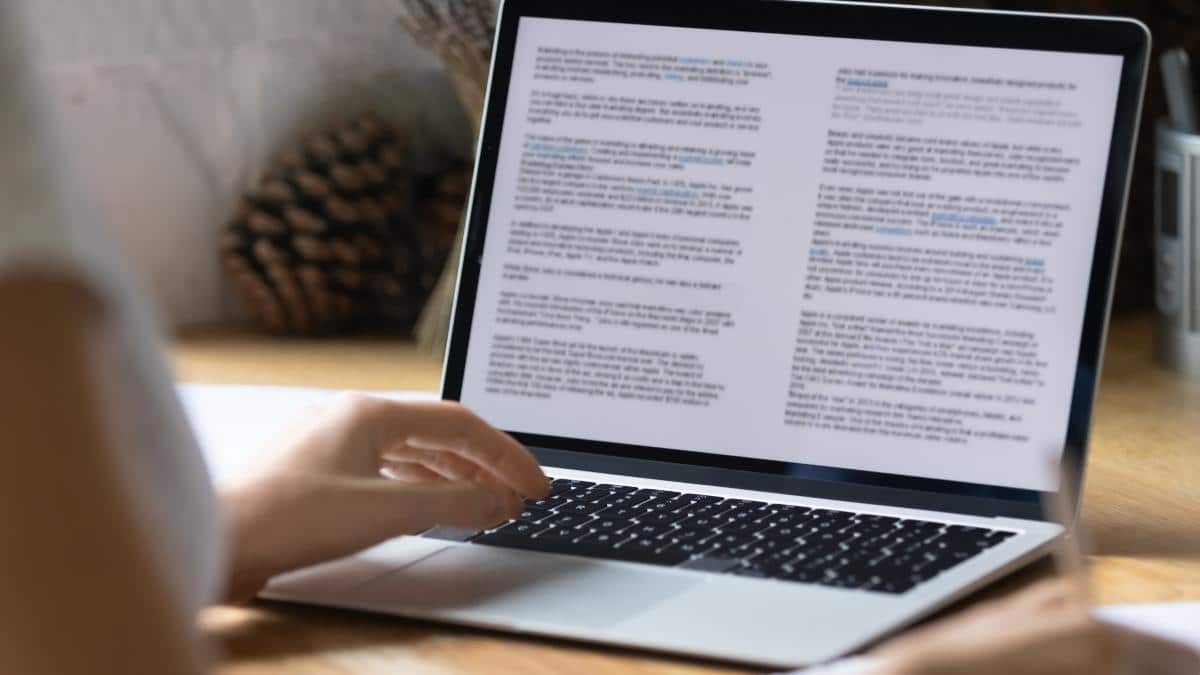Good feedback helps students to develop critical thinking but often feedback is time-consuming to create and not acted upon. With shared collaborative digital documents, educators and peers can provide online written feedback synchronously while presentations take place. In this way, students receive feedback from many individuals over a short period of time, which they can review and act on. In this activity, students practice giving and receiving feedback on presentations in a shared digital document.
LEARNING OUTCOMES
On completion of this activity, students will be able to:
- Give and receive synchronous feedback on presentations in open documents, where feedback is shared with the group.
- Review the quality of each other’s feedback.
- Give constructive feedback in an open way, working collaboratively to produce a range of inputs during a short presentation (e.g., 15 minutes).
HOW TO DELIVER THIS ACTIVITY
This activity takes students through the process of giving synchronous feedback as a group in a shared document so that feedback is collated and organised meaningfully for the recipient.
BEFORE THE ACTIVITY
- Divide your students into small groups and assign the presentation topic.
- Have students prepare presentations or any other work on which feedback can be given during a class.
- Prepare a shared online document to record synchronous feedback during the activity. The document should have columns for everyone who will provide feedback.
THE ACTIVITY: STEP BY STEP
Step 1
Step 2
Step 3
- During each presentation all feedback groups (and teachers) give feedback simultaneously while the presentation is taking place.
- Let students know that, as this is written, synchronous feedback, it will include immediate thoughts, ideas, questions, critical reflections, and academic contributions as the presentation takes place and will therefore be a flow of thought rather than elaborate written feedback.
- Remind students that the content of the feedback needs to be useful, academic, and constructive to support the future work of the presenter.
- Remind the students that they should use their dedicated section and rows for writing their feedback and be careful not to delete the feedback of others.
- Remind students that the content of the feedback needs to be useful, academic, and constructive to support the future work of the presenter.
- Let students know that, as this is written, synchronous feedback, it will include immediate thoughts, ideas, questions, critical reflections, and academic contributions as the presentation takes place and will therefore be a flow of thought rather than elaborate written feedback.
Step 4
Step 5
After the activity
- Download the synchronous written feedback document, preferably as a PDF, so that it is not lost, deleted, or amended. Share this document with the group.
- Ask students to reflect on the feedback given and how they can incorporate the learning into their academic work.
- Lead a discussion on how the givers and receivers of feedback can work further with the content of the document.
EDUCATOR TO-DO
- Ensure students have appropriate IT access.
- Create a shared document for recording the feedback. Click here to download an example. You can create a template and use one document for each presenter. The document should be formatted as follows:
Divide the document into at least three columns titled: 1. Name of the presenter(s), 2. Feedback from educator(s), 3. Feedback from students. Add 1 row in the table for each presentation where all feedback for the presentation is gathered but is divided between teacher feedback and student feedback (for several feedback groups, several columns can be made).At the top of the document, the framework for giving feedback needs to be described: expectations for feedback, the amount of feedback that is expected to be given (per student, group, or team), focus points or questions in relation to feedback etc.
Prepare and provide examples of good academic feedback and explain how to write good feedback prior to the activity.
DESIGNED BY
Rikke Toft Nørgård, Center for Educational Development and Digital Media, Aarhus University, Denmark, together with educational developers.












